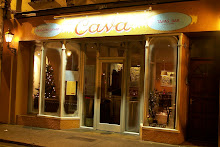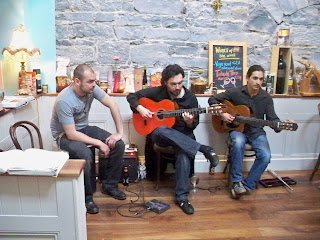Its history can be traced over several centuries from Gypsy, Moorish, Andalucian, and other roots.
Its evolution is a source of great debate with no accepted explanation of how flamenco resulted from the cultural influences of such diverse regions as North Africa, Southern Europe and the Near and Far East.
Flamenco music and dance became popular in the early 19th century as café entertainment. Also, in the 19th century, guitar accompaniment became common for many genres, and guitar solos also developed. In the 20th century, commercial pressure distorted much traditional flamenco dance.
Canto (“song”) is the core of flamenco, and like baile (“dance”), it has three forms: grande or hondo duende, the transformation of the musician by the depth of the emotion; intermedio (“intermediate”), moderately serious, the music sometimes Oriental-sounding; and pequeño (“small”), light songs of exuberance, love, and nature. (“grand” or “deep”), intense, profound songs, tragic in tone, and imbued with
Individual genres include the light bulerías; the more serious soleares and its lighter descendant, the alegrías; the fandangos grandes, a serious adaptation of a lighter non-Gypsy genre; the malagueñas, an offshoot of the fandangos; and cantos grandes such as the siguiriyas gitanas and saetas.
Both text and melody of these songs, like the flamenco dance, are improvised within traditional structures such as characteristic rhythms and chords. Zapateado, intricate toe- and heel-clicking steps, characterizes the men's dance; the traditional women's dance is based more on grace of body and hand movement.
The baile grande, especially, is believed to retain elements of the dance of India, where the Gypsies originated. Castanets, found in Andalusian dance, are not traditional to flamenco. Song and dance may be accompanied by jaleo, rhythmic finger snapping, hand clapping, and shouting.
Flamenco has never been more popular in Spain and abroad than it is today with a new generation of new flamenco performers in the post-Franco era who have broadened flamenco's appeal to an international audience.
Flamenco guitar music is on in Cava, every Saturday night, 7pm to 9pm.



No comments:
Post a Comment